LaHood Calls For VMT, New Taxes To Raise Funds For Infrastructure, As Gas Tax Runs Dry
Credit our sorely missed EIC/Editor Emeritus Ed Niedermeyer for being well ahead of the curve. B ack in 2011, Ed told me about how the rise of fuel efficient vehicles would create a revenue shortfall for the federal Highway Trust Fund, and that would lead the government to look at implementing all sorts of unpleasant things like a Vehicle Miles Traveled tax. Guess what Ray LaHood is proposing? You guessed it.
This isn’t the first time LaHood has proposed a VMT either. Back in 2009, he floated the idea as an alternative to raising the gas tax, which provides funding for the Highway Trust Fund, which is used to help maintain America’s roads. Now, LaHood is apparently telling the public that it’s in their interest to push the idea, according to The Detroit News
“Eventually people in the communities are going to persuade their members of Congress: We’re willing to raise taxes, we’re willing to pay tolls, we’re willing to go to vehicle miles traveled because we want better roads, better bridges,” LaHood said.
The big problem is that as Americans drive more fuel efficient vehicles, there is an increasingly large funding shortfall. There hasn’t been a raise in the gas tax since 1993, and Congress has spent $18.8 billion alone just to cover the shortfall for 2013-2014.
Last year, Congressional Budget Office estimated that to meet future highway needs between 2012 and 2022, the trust fund would need another $110 billion in funding. GAO says Congress could either hike gas taxes to 31.6 to 46.6 cents a gallon to fix the roads, or impose a 0.9-cent to 2.2-cent per mile tax on all travel.
The idea of a VMT, especially one tracked by GPS, is one that leaves civil libertarians in a cold sweat at night. Sources in DC tell us that a VMT essentially declared it a non-starter, not just for civil liberties reasons, but that the ROI would not be enough to justify implementing it. Nevertheless, a GAO report essentially endorsed a VMT scheme that could use GPS or other wireless transponders or prepaid “miles” indicated by a sticker on a vehicle’s windshield. Given how much the idea of the automobile is tied into the notion of personal liberty and freedom of movement, it’s hard to imagine this being acceptable to a vast swath of the American public. But something’s gotta give.
As Niedermeyer’s original report states, an increase in the gas tax (which occurred regularly from 1956-1993) is an inevitably, and the most sensible option as well. Though it would cause a hit to people’s pocketbooks, it would be the least intrusive option from a personal freedom standpoint, not to mention it would provide the requisite funding to keep America rolling.
Another side effect of a gas tax hike would be the increasing redundancy of CAFE. Rather than incentivizing auto makers to build hybrids, plug-ins, small displacement engines and increasing numbers of crossovers and trucks ( to get around various CAFE loop holes), a gas tax hike would incentivize more fuel-efficient vehicles, no matter what propulsion system they used. Even Bob Lutz is on board with said logic
You either continue with inexpensive motor fuels and have to find other ways to incentivize the customer to buy hybrids and electric vehicles, such as the government credits. Or the other alternative is a gradual increase in the federal fuel tax of 25 cents a year, which in my estimation would have the benefit of giving automobile companies a planning base, and giving families that own vehicles a planning base. Every time gas prices go back down, everybody starts buying big stuff again. Gas prices go up a buck, the big stuff is unsellable and everyone wants small cars. Go figure. It’s like the collective memory is about three weeks long. We can’t run a business that way.
More by Derek Kreindler
Latest Car Reviews
Read moreLatest Product Reviews
Read moreRecent Comments
- Theflyersfan I always thought this gen XC90 could be compared to Mercedes' first-gen M-class. Everyone in every suburban family in every moderate-upper-class neighborhood got one and they were both a dumpster fire of quality. It's looking like Volvo finally worked out the quality issues, but that was a bad launch. And now I shall sound like every car site commenter over the last 25 years and say that Volvo all but killed their excellent line of wagons and replaced them with unreliable, overweight wagons on stilts just so some "I'll be famous on TikTok someday" mom won't be seen in a wagon or minivan dropping the rug rats off at school.
- Theflyersfan For the stop-and-go slog when sitting on something like The 405 or The Capital Beltway, sure. It's slow and there's time to react if something goes wrong. 85 mph in Texas with lane restriping and construction coming up? Not a chance. Radar cruise control is already glitchy enough with uneven distances, lane keeping assist is so hyperactive that it's turned off, and auto-braking's sole purpose is to launch loose objects in the car forward. Put them together and what could go wrong???
- Jalop1991 This is easy. The CX-5 is gawdawful uncomfortable.
- Aaron This is literally my junkyard for my 2001 Chevy Tracker, 1998 Volvo S70, and 2002 Toyota Camry. Glad you could visit!
- Lou_BC Let me see. Humans are fallible. They can be very greedy. Politicians sell to the highest bidder. What could go wrong?






















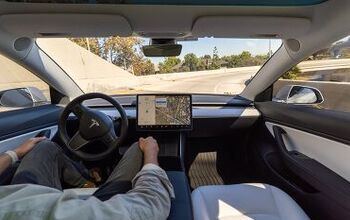
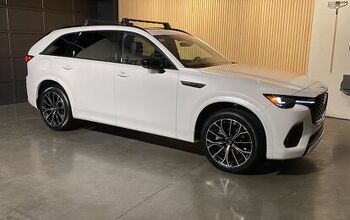
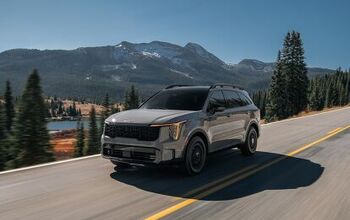
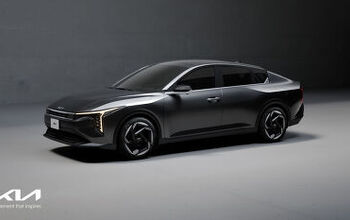

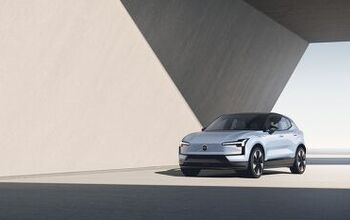
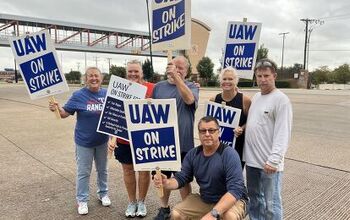
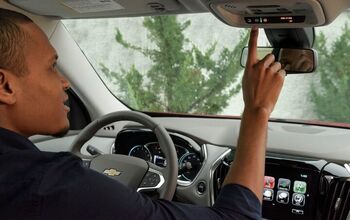
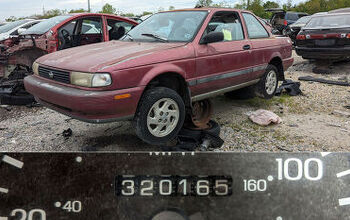

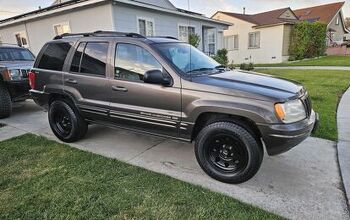
Comments
Join the conversation
Not every problem has to be solved by more taxation. For instance, how about the States and/or federal government sell license plates to drivers with proven safe driving records that legally permit them to go 10 or 15 miles over the speed limit? OR build autobahn-like (with autobahn-like speed limits) roads parallel to the existing highways and interstates and charge a large enough toll to pay for itself and maybe even upkeep for the other roads? I know that those aren't the absolute best solutions, but at least it's a line of thought that isn't as lazy and unimaginative as just throwing more taxes at all our problems.
I'm against raising gas taxes. The fact I have a tugboat-size 1976 LTD Landau with the 460 cubic inch engine has nothing to do with my opinion.